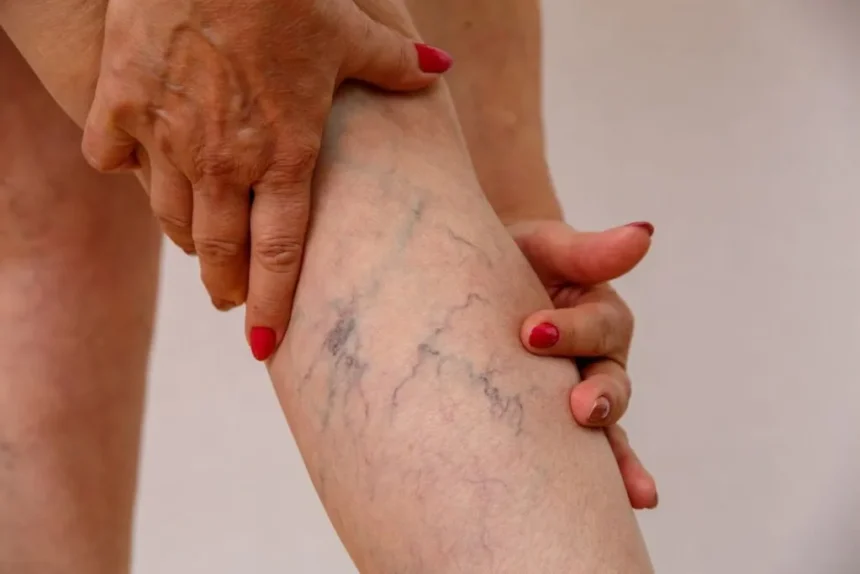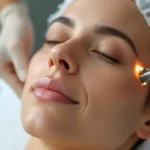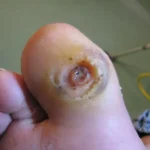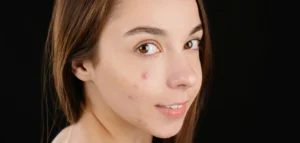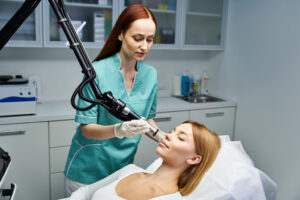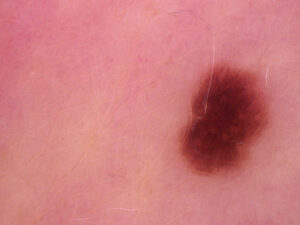Varicose veins appear as twisted, enlarged blood vessels that bulge beneath the skin’s surface. These swollen veins typically develop in the legs and feet due to weakened or damaged valves that allow blood to pool instead of flowing efficiently back to the heart. Modern medicine offers several effective treatment options that address both the underlying circulation problems and visible symptoms. Here are some treatment options:
Sclerotherapy
Sclerotherapy involves injecting a chemical solution directly into the affected vein. The solution irritates the vein walls, causing them to collapse and eventually fade from view. This minimally invasive procedure is most effective for treating smaller varicose veins and spider veins.
During treatment, the doctor typically uses a fine needle to deliver the sclerosing agent into the targeted vein. After injection, the treated vein may gradually disappear over several weeks as your body absorbs the collapsed tissue. You may need multiple sessions to achieve optimal results. The number of treatments depends on the size and location of your varicose veins. Recovery involves wearing compression stockings and avoiding strenuous activities for a few days.
Endovenous Ablation
Endovenous ablation uses heat energy to seal problematic veins from the inside. This technique utilizes either laser therapy or radiofrequency energy to close off the affected vein permanently. The body naturally reroutes blood flow through healthy veins nearby.
A doctor typically inserts a thin catheter into the vein through a small incision. The catheter delivers controlled heat that damages the vein wall, causing it to collapse and seal shut. Local anesthesia numbs the treatment area, making the procedure comfortable for most patients.
Patients typically return to normal activities within a day or two. Endovenous ablation effectively treats larger varicose veins that run deeper beneath the skin surface. This method provides a less invasive alternative to traditional surgical removal, delivering excellent long-term results.
Removal Surgery
Surgical removal involves physically extracting the problematic vein through small incisions. Surgeons typically reserve this approach for severe cases where other treatments prove insufficient. The procedure requires general or spinal anesthesia. Recovery may take longer than with other treatment methods, typically requiring several weeks. Despite being more invasive, surgical removal effectively eliminates large, severely damaged veins that cause significant symptoms.
Microfoam Treatment
Microfoam sclerotherapy represents an advanced form of traditional sclerotherapy. This technique creates a foam mixture by combining the sclerosing agent with air or gas. The foam displaces blood more effectively than liquid solutions, allowing for ideal contact with the vein walls.
Doctors typically inject the microfoam using ultrasound guidance to target specific areas precisely. The foam consistency helps it stay in contact with the vein walls for an extended period, thereby improving treatment effectiveness. This method works particularly well on larger varicose veins that might not respond adequately to standard liquid sclerotherapy.
Schedule Treatment for Varicose Veins
Modern treatments for varicose veins are effective and require little recovery time. Different methods are available to address various types and severities of vein problems. Your doctor can customize the best treatment plan for your specific needs. Contact a vascular specialist today to find out which option is right for you and take the first step toward healthier legs.


